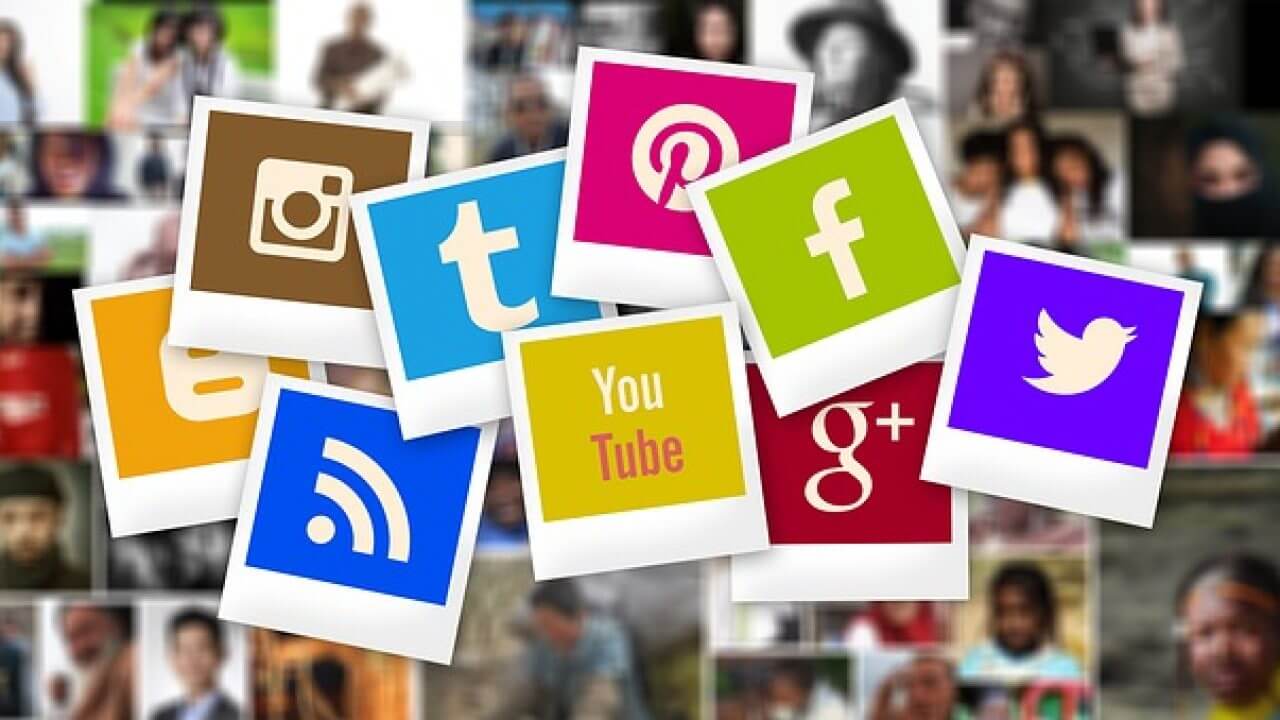Social Media
How can Social Media Influence Education?

There is no denying that since the advent of social media, everything from our socializing behavior, planning for parties and gatherings, dealings with clients, sending birthday wishes have changed. Even how it influences our education and learning process. That’s right, social media has even changed the way how youth and children or other internet users are educated in today’s world and that is the main focus of this blog.
What kind of internet do you need for social media?
Social media activities usually need browsing in search of written content, images, videos, audios, sending a message or audio, or even taking on voice or video calls. These activities only take a minimal amount of data so it doesn’t require much internet speed.
The Federal Communications Commission (FCC) has stated that you need a minimum of 1 Mbps of internet speed for browsing social media platforms (though overall minimum internet speed should be up to 25 Mbps). That’s not much considering how most internet plans have speeds starting from 25 Mbps and higher. For instance, Xfinity Internet Plans has a surprisingly good speed in their basic internet plans which will be enough for social media browsing, even for multiple devices.
How can Social Media be used to influence Education?
The social media platforms have plenty of features that allow for smoother, and direct communication between students, teachers, and parents. Social media allows for multiple e-learning opportunities for learners. Let’s further explore how social media can be used to change the way education is carried out;
- Broadcast Updates and Alerts. Social media platforms like Facebook can be used to maintain communication between teachers and students. Teachers can create a Facebook page where students can stay up to date about lessons and class progress. Students can even share their homework assignments to encourage discussion regarding it. Facebook pages are even accessible, even if a person doesn’t have a Facebook account.
- Stream Lectures. Teachers can create Facebook groups that are more private, unlike Facebook pages. On their class Facebook group, the teacher can post live lectures which students can follow through as it airs, or at a later time as well. Other benefits include being able to host discussions and share documents so every student has access to class materials. It is also important to maintain professional boundaries, so teachers do not really need to add students. Instead, they can communicate on their class Facebook group.
- Message Board. Using the Twitter social media platform can be a great way to be used as a message board. Teachers can create a Twitter handle for each class, and post updates on that Twitter handle for students to view. Teachers can also use Twitter handle to post reminders about upcoming deadlines for assignments or quizzes, helpful links to add to their lesson plans, or even share inspirational quotes for students to learn from.
- Photo Essays. Instagram is namely the most used social media platform for posting and sharing photos and that makes it the perfect site for photo essay assignments. Classes that mostly revolve around visual activities and assignments can rely on Instagram for their learning experiences. Instagram encourages digital storytelling which is also a good way for students to enhance their visual and literary education.
- Blog Writing. For blog writing, there are many social media platforms such as WordPress, SquareSpace, Blogger, Tumblr, etc. Teachers can use this space to create a class blog, where students can create their own user accounts to participate in discussion posts and comment on class prompts. Teachers can even encourage students to use this space to bring about their creative writing side.
Also, Check – This is How Facebook Can Boost Your Product Sales instantly
- Blog posts as Essays. Using blogging pages is also one way to encourage essay writing assignments. These can encourage students to flex on their writing and critical thinking. Students can view and comment on their fellows’ pieces of writing to encourage constructive criticism as well.
- Pinterest board. Even the Pinterest board can be used by students to bring about their creative nature. Teachers can save pins for their class that are relevant to the class lessons. Pinterest boards allow teachers to prepare and organize resources and lessons plans since other teachers are also sharing their ideas on worksheets and lessons. For students, Pinterest can be useful for curating digital bibliography for their research projects or group assignments. Or students can pin photos, websites, or books that they feel are relevant to their class lessons as well.
Above are just a few examples of how social media can be used to influence the education of students and enhance their learning experiences. Though it might be a tool that has many negative side effects, it can still be used to bring about a good change in education marketing.

-

 Business3 years ago
Business3 years agoHow to Do Long-Distance Moves with Children
-

 Travel2 years ago
Travel2 years agoQuick Guide: Moving To Santa Rosa?
-

 Real Estate3 years ago
Real Estate3 years agoWhy Dubai Festival City is a Great Neighbourhood for Young Learners
-

 Business3 years ago
Business3 years agoIs Guest Posting a Good Inbound Marketing Strategy?
-

 Business1 year ago
Business1 year agoThe Ultimate Guide To Thriving In Your Printing Franchise
-

 Business1 year ago
Business1 year agoExploring The Benefits And Challenges Of Restaurant Franchising
-

 Tech3 years ago
Tech3 years agoCyber Table That Will Change Your Life
-

 Lifestyle1 year ago
Lifestyle1 year agoDallas’ Hidden Gems: 6 Must-Try Restaurants Off The Beaten Path!









Recent Comments